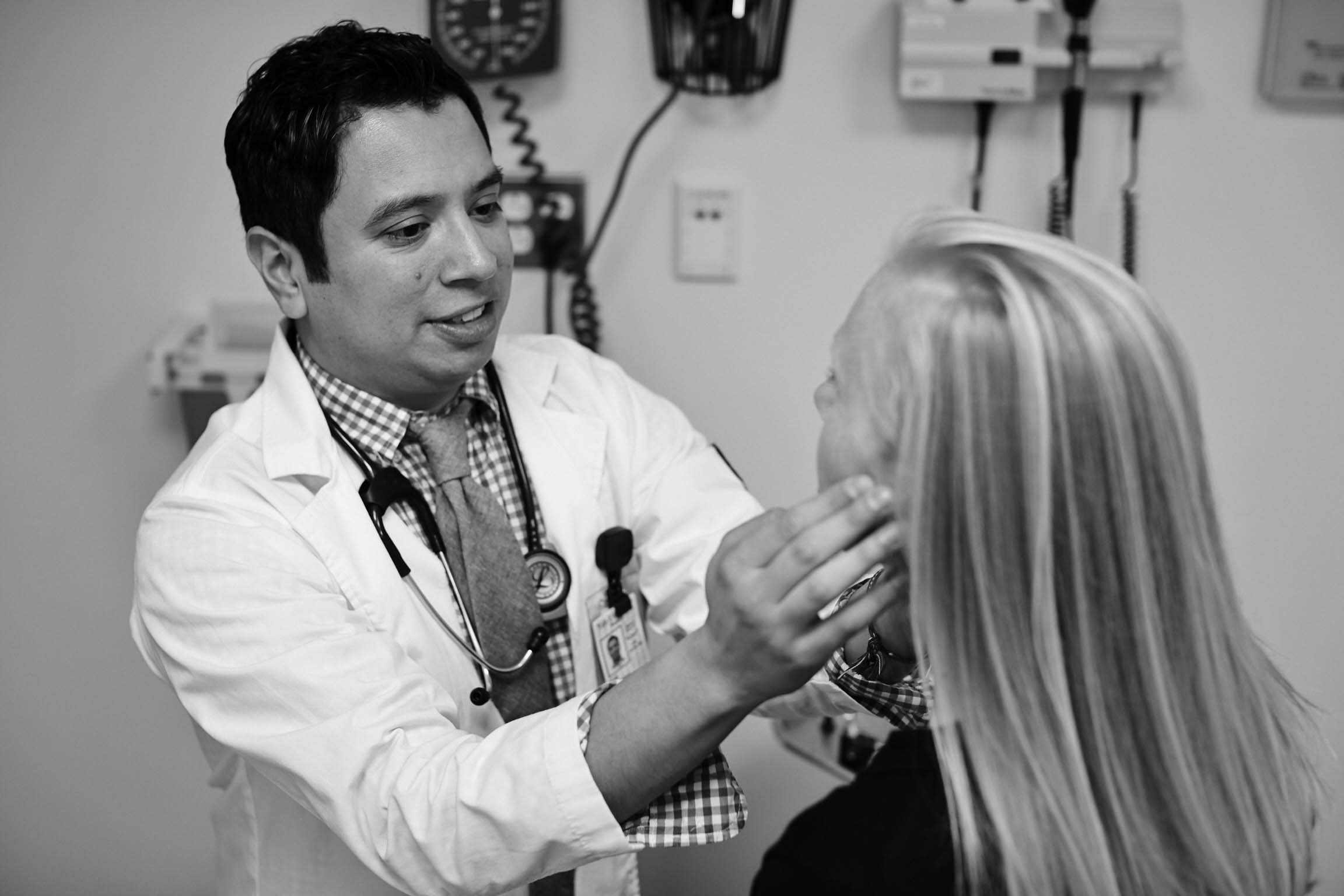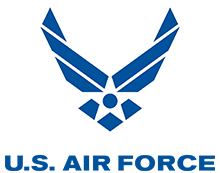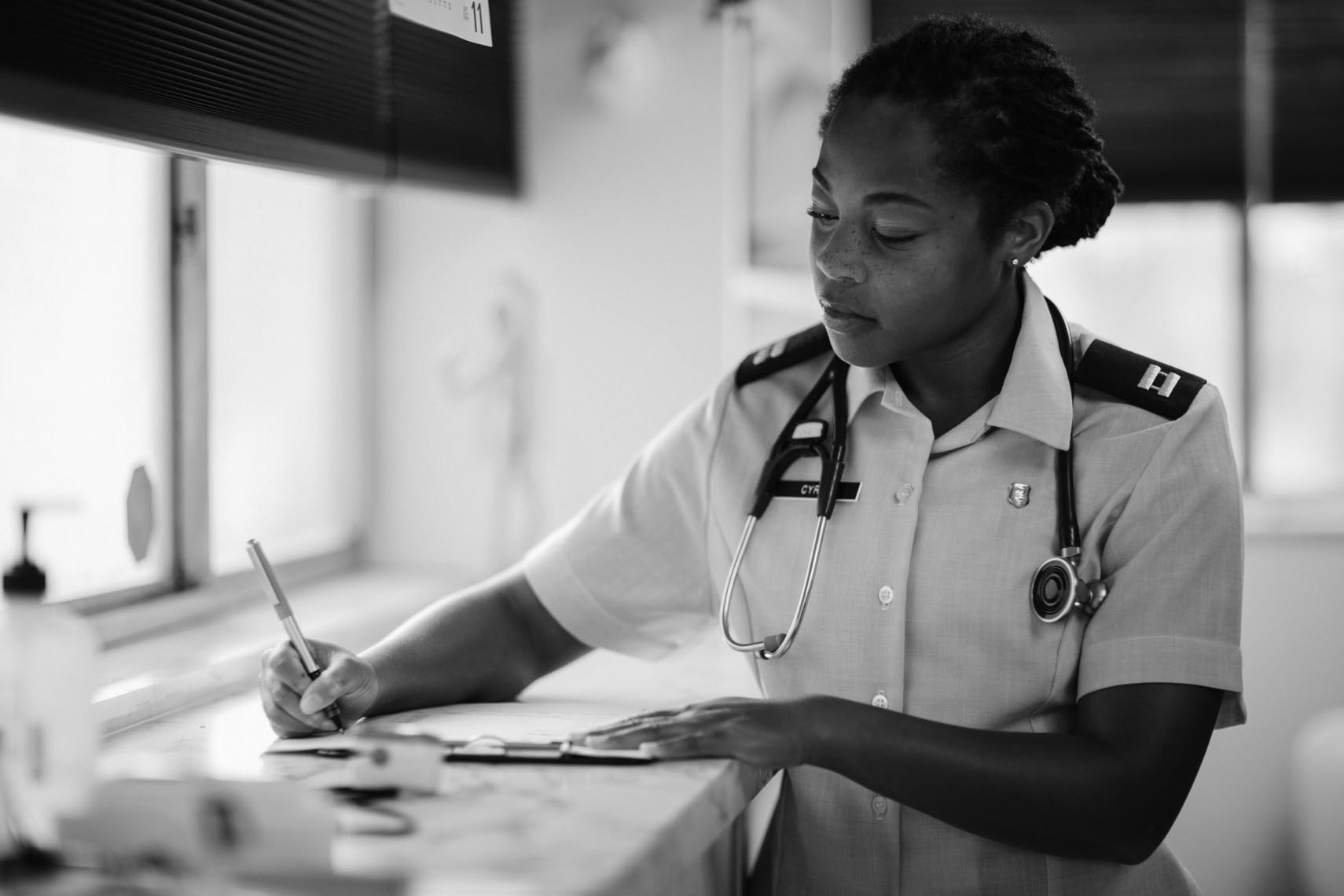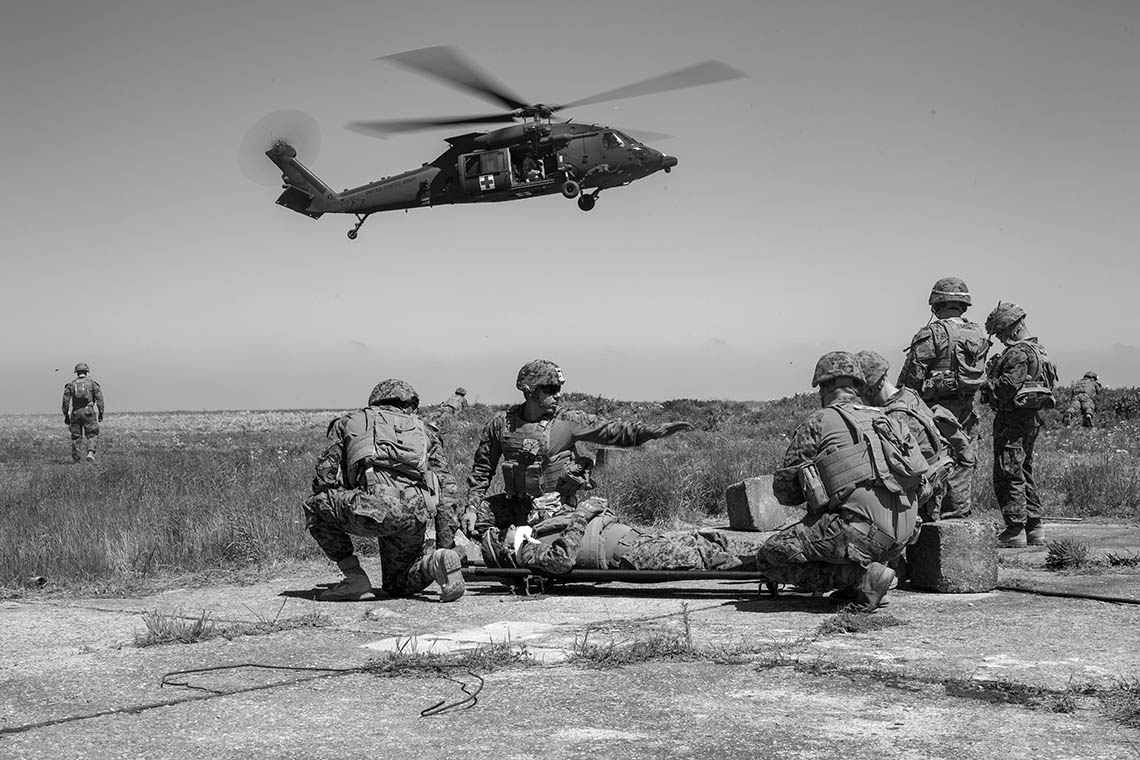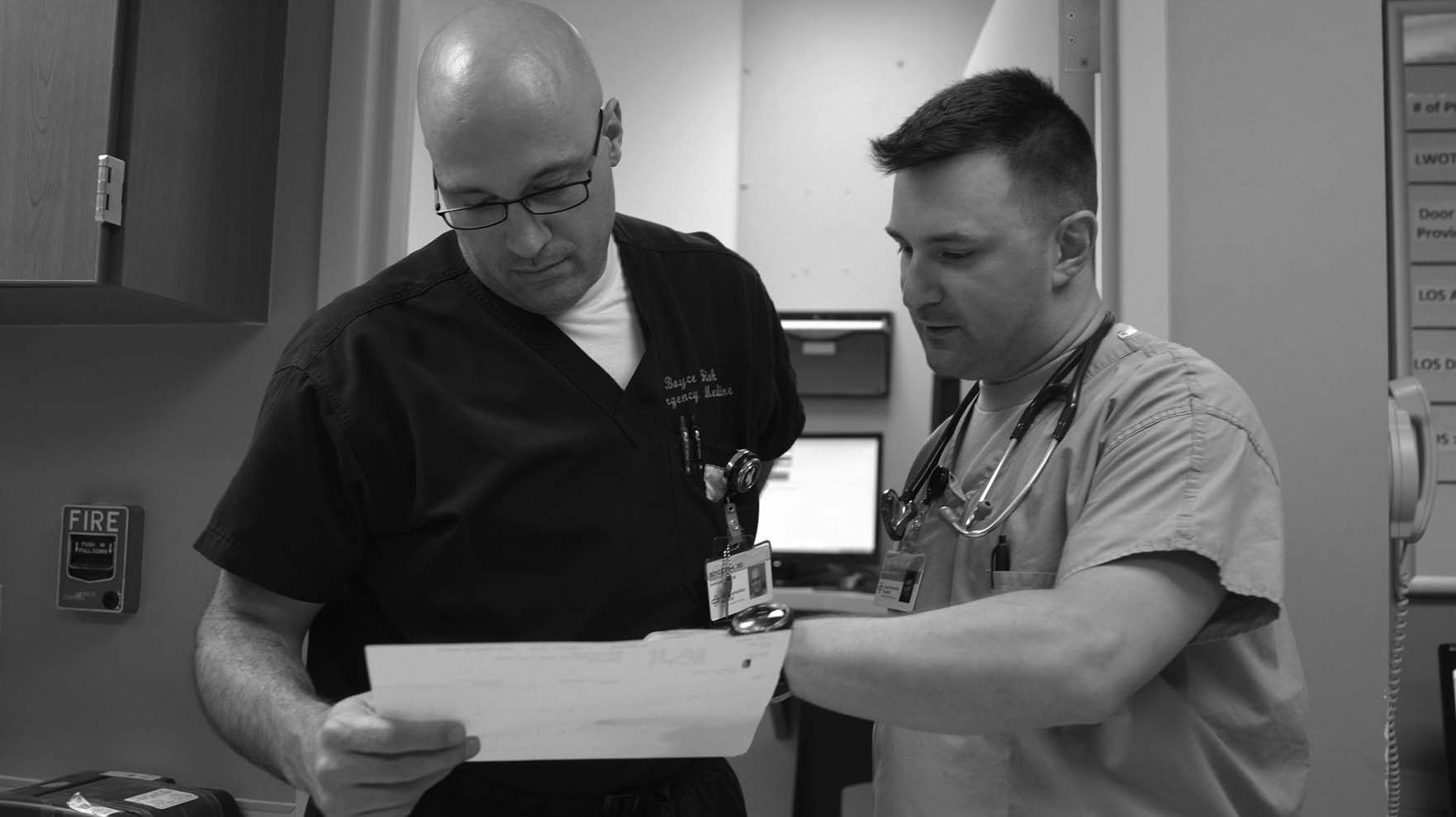- FAQs
- |
Military Officer Training
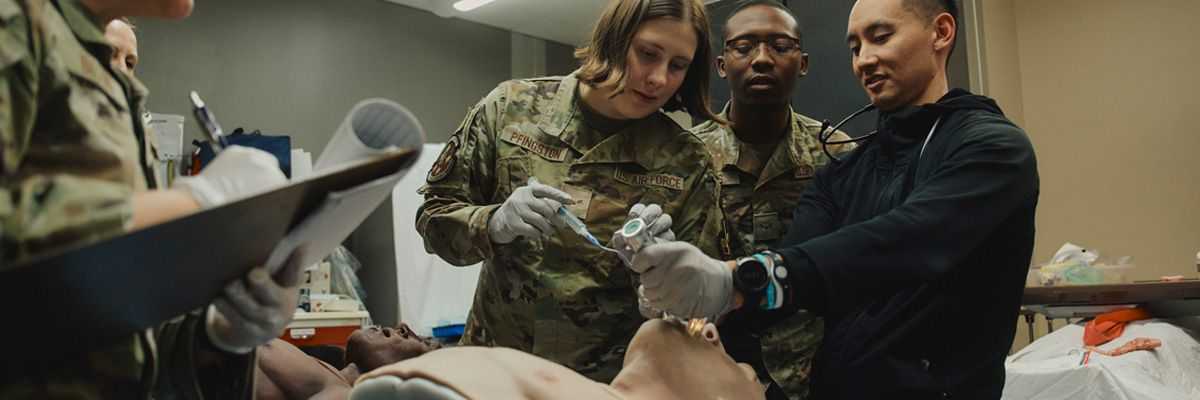
You're not just training to be a physician. You're also training to be an officer. In fact, as soon as you join the Military, you’re an officer, whether you have completed medical school or not. While there are variations in what you learn among the Service branches, you will immerse yourself in military culture, study the leadership skills required of all officers and participate in physical officer training.
By serving as an officer in the Military, you will be a leader. You will be expected to support and inspire not only officers but also enlisted service members, who usually perform day-to-day tasks. The leadership, problem-solving and management skills you learn in this position can be applied anywhere, whether you continue in the Military or stay on with your civilian career.
Officer Training School Overview
Learn about the mentally and physically challenging program that provides candidates the skills and confidence necessary to become leaders in the Air Force.
Officer Training School Overview
Learn about the mentally and physically challenging program that provides candidates the skills and confidence necessary to become leaders in the Air Force.
Man: Day one we started something and every day since we've ben building on that stronger and stronger and stronger. You with me?
[Applause]
Are you with me?
[Cheering]
Man: Officer school is an eight week program designed to take civilians straight off the street or prior enlisted members and transform them into leaders for the United States Air Force or the United States Space Force.
Man: We have people from all sorts of backgrounds, kind of the biggest common factor I've seen between students is having that very strong very personal why that drives students through this training and through a successful career in the Air Force.
Woman: So you have to have the confidence to lead but also the confidence to say I don't know.
Man: We want to challenge you mentally, we want to challenge you with your leadership skills. But we're also going to challenge you physcially.
Man: So many people who are coming through OTS right now getting to hear their perspectives, getting to hear their passion and their passion to serve, it really has just filled me with a confidence about the future of Air Force leadership.
Woman: One of my favorite aspects about the training is watching the development of someone that just shows up at OTS and see kind of how they take in all the lessons and then the person that they become at the end someone that's more confiedent and more ready to lead the way.
Man: Way to be leaders, warriors and wingmen. I appreciate seeing everybody out there pushing each other and digging deep and that's what we want to see.
[Music]
Day In The Life
Watch surgeon Hunter Winegarner train special operations medics to treat combat injuries.

Hunter Winegarner, M.D.
Special Forces Battalion Surgeon, Army
Medical Simulation Training Center Exercise
Special operations physicians are responsible for training the medics who practice medicine in the field during deployments. This afternoon, Hunter oversees a medic who is training a group of soldiers during a Tactical Combat Casualty Care (TC3) exercise at Fort Carson's Medical Simulation Training Center (MSTC). During the training, they use simulated mannequins to practice their medical skills.
WINEGARNER: All right, guys, thanks for coming out this morning. So we're here today to do some good TC3 training. Nick, you're our medic today, and so you're going to be kind of taking point, and he's going to be the boss. I'm going to be in the background; I'll be helping direct what's going on.
All right, Nick, take it from here.
NICK: And you'll be point man on the patrol. You'll be on the right side of the wedge, along with you. When we take casualties, I'll assign roles when we get there.
WINEGARNER: All right, guys, you've got superior firepower.
NICK: Left side, move to the vehicle. Right side, move to us. Get on the front side of the vehicle.
MALE: Hey, we need a hand over here.
WINEGARNER: At this stage, which we would call care under fire, is managing massive hemorrhages.
NICK: You get the bleeding stopped?
MALE: Bleeding's stopped.
MALE 1: Bleeding's stopped.
WINEGARNER: So we're moving from...
NICK: You with me? OK.
WINEGARNER: What we would have considered care under fire out there, where all they really did was stop the bleeding and get him somewhere more secure, to what we would call tactical field care here. So this is where our medic's going to take charge; he's going to start addressing every problem that he can find. Nick, what's something that you might have to worry about on this guy with a chest wound, now you've occluded his chest wound?
NICK: Might have to needle d him.
WINEGARNER: OK.
NICK: We're going to check for bilateral rise. He was good; his respirations weren't too high either. [booming noise]
MALE: We gotta get going.
WINEGARNER: All right, guys, it's not safe anymore. Let's get going. [sounds of gunfire] Move out, move out. So this is simulating — we would, you know, probably have to move him to somewhere safe for a helicopter to land, and then from here we're going to take the patient to a higher level of care. You know, now we're more in a field-hospital setting.

